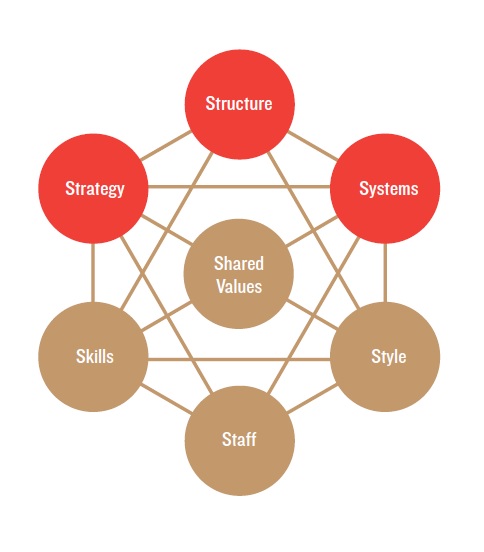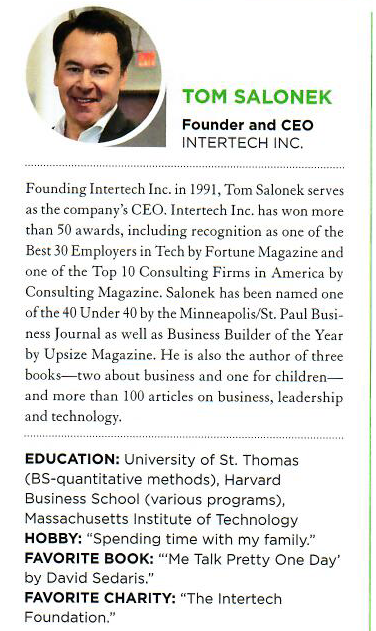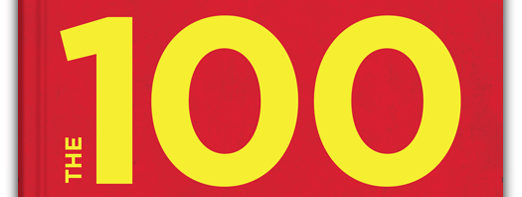Strategic Planning Tool: The McKinsey 7s Model

With firms planning out 2021, here’s a reminder that for strategies to be meaningful, you must align everything in your organization to match the strategy. McKinsey & Company consultants Tom Peters and Robert Waterman created a useful alignment tool known as the 7-S Model.
It recommends that structure, systems, skills, shared values, staff, and leadership style all be in alignment
in support of the strategy.
Here’s a summary of the 7-S Model, an example, and a template for your own 7s model



